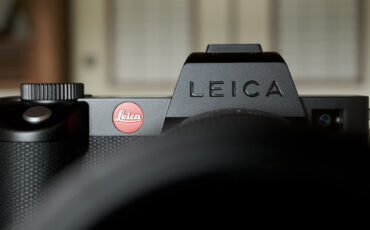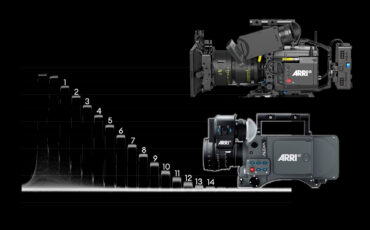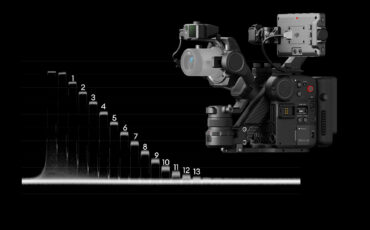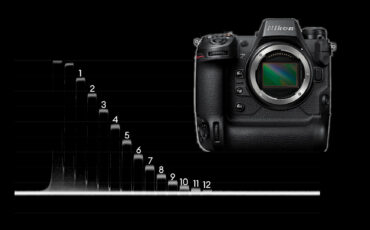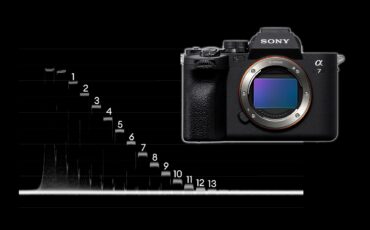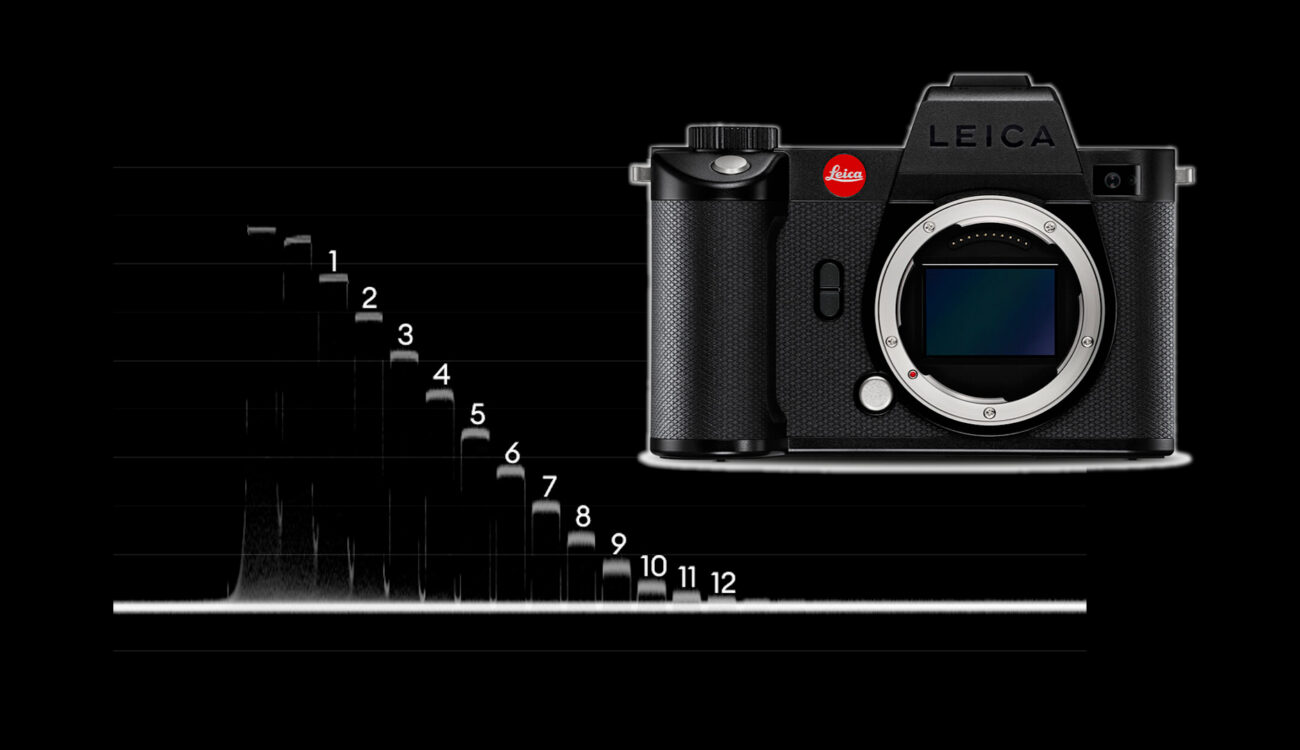
The LEICA SL2-S hit the market in 2021 and we finally got the chance to run it through our lab test procedures. Interested in how it fares? Then keep on reading!
With its 24 megapixel CMOS – BSI full-frame sensor, the LEICA SL2-S is another contender among the many mirrorless camera options in the market (using an L-mount).
What makes the LEICA stand out is definitely its special, very clean and lean way how the body but also the menu are laid out. If you are interested in the specs and footage, make sure to take the time to watch Johnnie’s review and mini-documentary here. For the LEICA SL2-S lab test, let’s focus on what the sensor and image engine can offer us filmmakers in video mode.
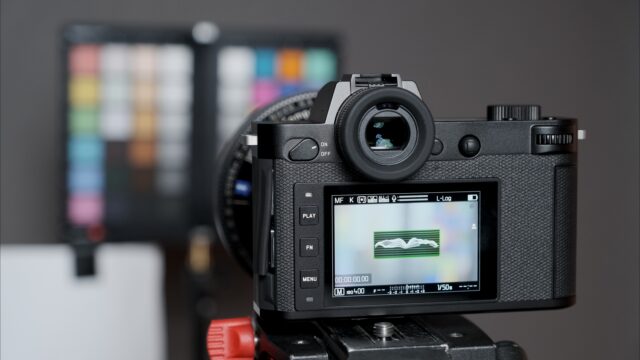
Rolling Shutter of the LEICA SL2-S
The LEICA SL2-S allows shooting internal 4K 10bit 4:2:2 and C4k 10bit 4:2:2 using L-Log in both full-frame or APS – C mode. In full-frame 4K mode, the rolling shutter measurement exhibits 22.5ms (less is better):
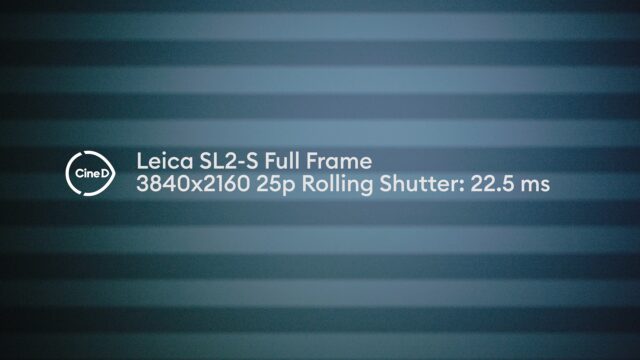
22.5ms in full-frame mode is on the higher end, very similar to the Panasonic S5, S1 and SH1 – in the meanwhile several other mirrorless full-frame cameras show significantly less – the Sony A1, Canon R5, Nikon Z9 are all between 16 -14ms. The leader of the pack is currently the Sony a7S III with 8.7ms.
In APS – C mode, the rolling shutter of the LEICA SL2-S drops to 14.7ms in 4K (UHD) 25fps.
Dynamic Range of the LEICA SL2-S at ISO400
If you are not familiar with how we test the dynamic range of cameras, please head over here for a detailed explanation.
Shooting our Xyla 21 chart using the 4K 4:2:2 all-I mode with the new L-Log profile in full-frame mode, we get the following waveform plot:
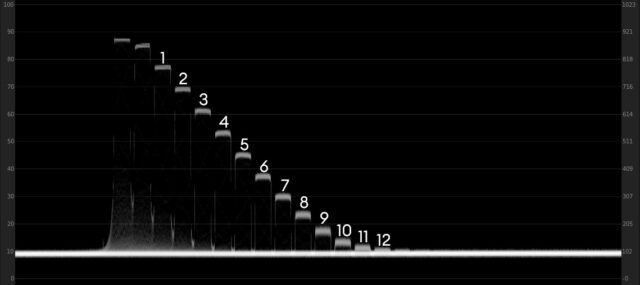
About 12 stops can be seen above the noise floor, and a faint 13th inside the noise floor. The noise floor looks very clean.
IMATEST confirms this, giving a reading of 12.2 stops at a signal to noise ratio of 2 (SNR) and 13.3 stops at SNR = 1:
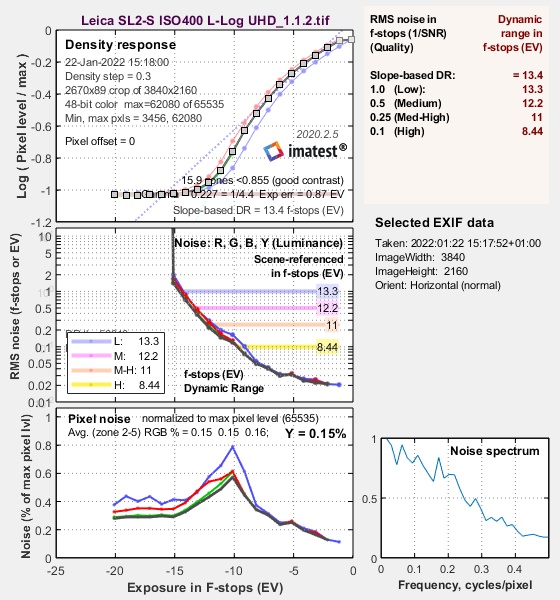
These are strong results, however, keep in mind that above the 13.3 stops result at SNR = 1 (have a look at the middle graph, above the blue 13.3 line) there are no additional stops left that could potentially be used in post-production.
Comparing that to other full-frame cameras, it is very similar to what the Sony a7S III has to offer. The Sony A1, and Panasonic’s S5, S1, and S1H show about one more stop, albeit buried in the noise floor. Just for your reference, the current dynamic range benchmark camera ARRI ALEXA LF has about 3 stops more than the LEICA SL2-S.
The good news is – as you will see below in the latitude test – it is definitely possible with the LEICA to use all the stops until SNR = 1, due to the low noise and good codec. Putting it on par again with the Panasonic’s and Sony A1.
Latitude of the LEICA SL2-S
Latitude is the capability of a camera to retain colors and detail when over- or underexposed and pushed back (in post) to a base reference scene.
Our base reference scene in our CineD lab is exposed so that the forehead of our talent (in this case my dear colleague Johnnie) sits at 60% luma value on the waveform diagram. Shadows in the scene register 5 stops below that. All shots were graded using an official L-Log LUT from LEICA, the “Natural_Rec709”:
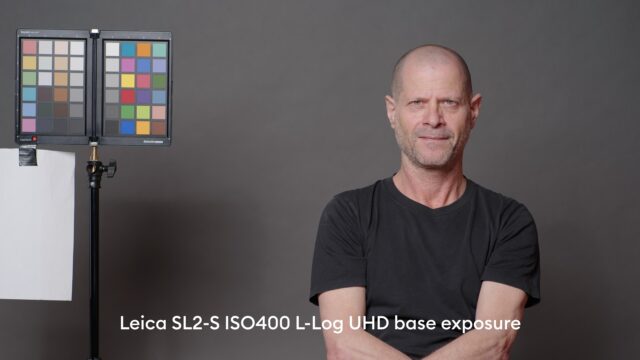
Now we overexpose until Johnnie’s forehead starts to clip the red channel. This happens at 3 stops overexposure from this base exposure scene:
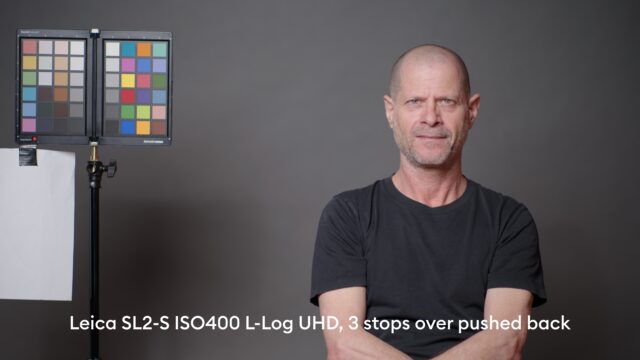
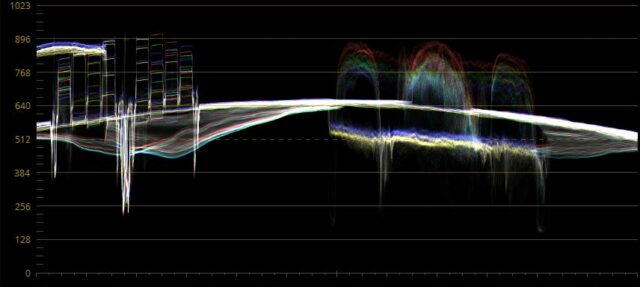
Now let’s stop down the iris of our lens until we hit 4 stops underexposure. Pushed back in post, we find the first traces of luma and chroma noise, moistly on the shadow side of Johnnie’s face:
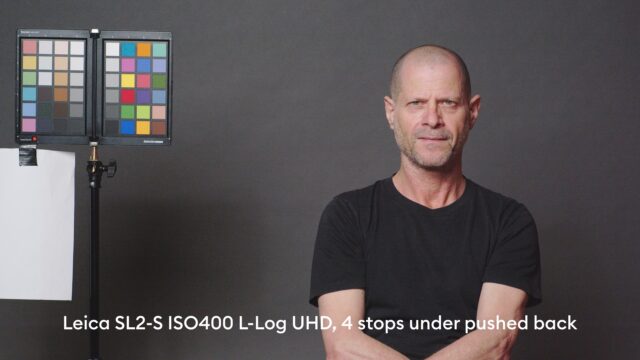
So far so good, no noise reduction needed in my opinion. The noise is finely dispersed, rendering a very organic-looking image. With 5 stops underexposure, pushed back, all of a sudden a lot starts to happen:
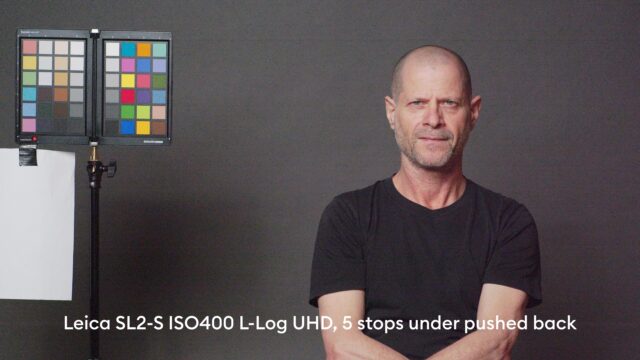
Suddenly, pinkish chroma noise is all over the image and horizontal lines start to appear. Remember, at base exposure, the shadows were 5 stops below Johnnie’s forehead. We were able to overexpose by 3 stops without clipping. Hence, at 5 stops under we have reached the noise floor with our shadows, 13 stops below clipping (3+5+5).
Because the noise is finely dispersed, noise reduction helps to nicely clean up the image. However, strong horizontal line(s) do appear which cannot be eliminated with noise reduction:
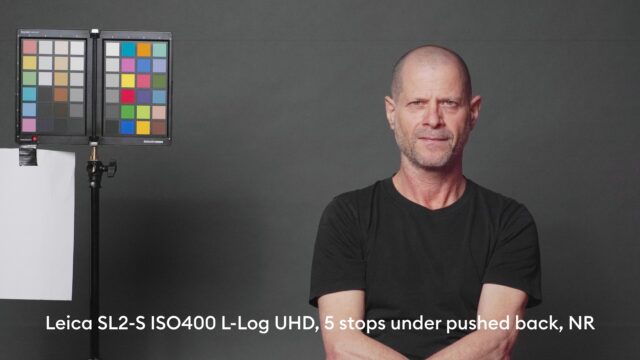
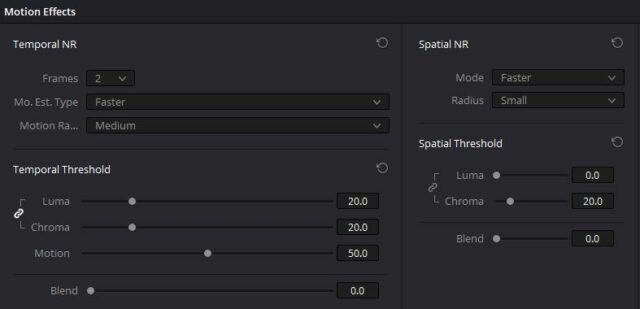
For your reference, the noise reduction settings are depicted above for 5 stops underexposure.
I find it quite fascinating that the 5 stops under the image can be cleaned up that well – if it were not for the strong horizontal line. With a moving camera, this would be very distracting. Also, shadows on the dark side of Johnnie’s face become pinkish.
Hence, overall I have to say game over.
Just for your reference, the 6 stops under image show atrocious noise:
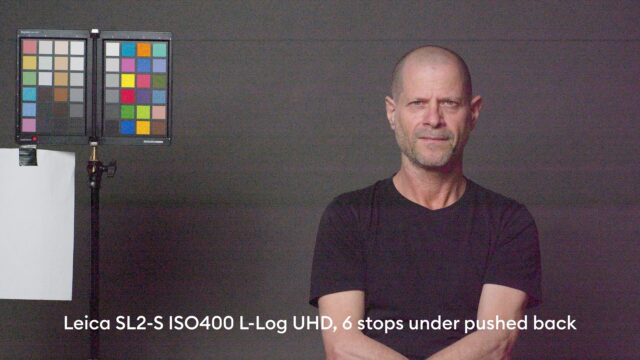
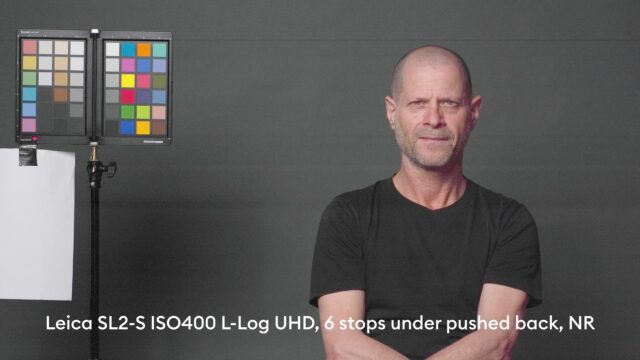
As you can see from the 6 stops underexposed image, the noise is still rather finely dispersed, hence it cleans up surprisingly well when using noise reduction – it shows how well L-Log in combination with the All-I codec preserve the image. Of course, pinkish shadows and strong horizontal static lines are not acceptable for a moving image.
In summary, the LEICA SL2-S shows 7 stops of exposure latitude – similar to the Sony a7S III. If it were not for the strong horizontal line(s), actually 8 stops would be possible.
Our current benchmark, the ARRI ALEXA LF (test here) shows 10 stops of exposure latitude (5 over, 5 under).
Summary
The LEICA SL2-S lab test results show a bit of a mixed bag in the CineD lab. Rolling shutter values are on the higher end (less is better) looking at its peer group (Sony A1 & a7S III, Canon R5, Nikon Z9). Dynamic range out of the box is really good coming in at 12.2 stops at SNR = 2 and 13.3 stops at SNR = 1. However, that’s it – nothing more than that is available. Accordingly, the latitude results show 7 stops of exposure latitude, with the potential for more if it were not for the strong horizontal lines.
Guys, what do you think of this lab test of the LEICA SL2-S? Have you used the camera yet? What are your experiences using it? Let us know in the comments below.
